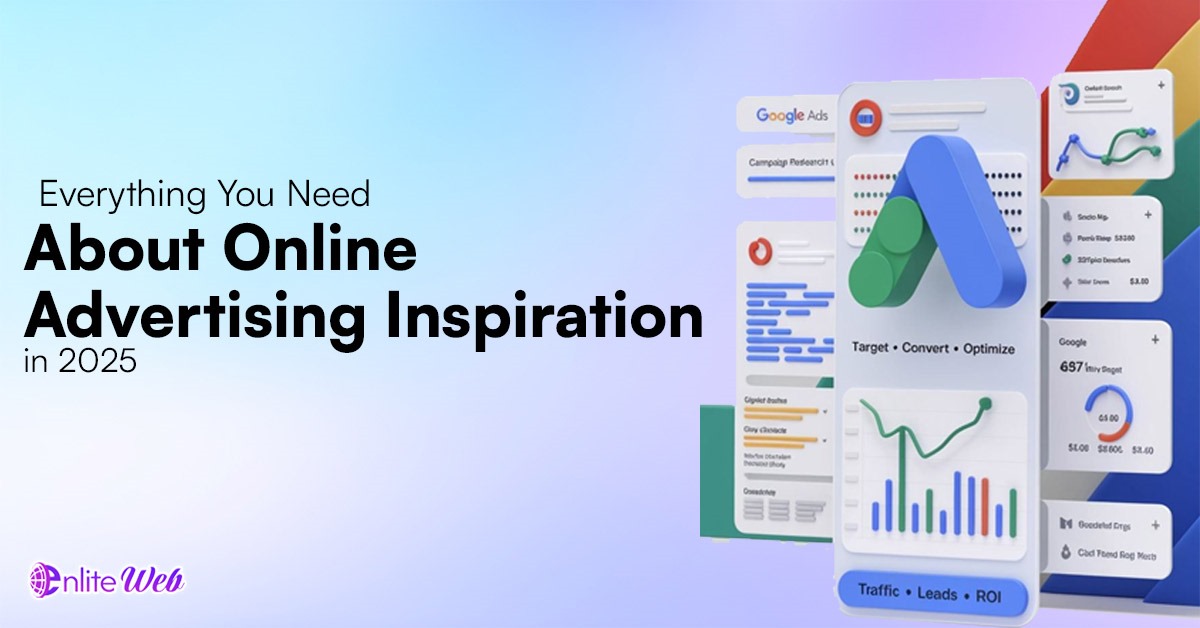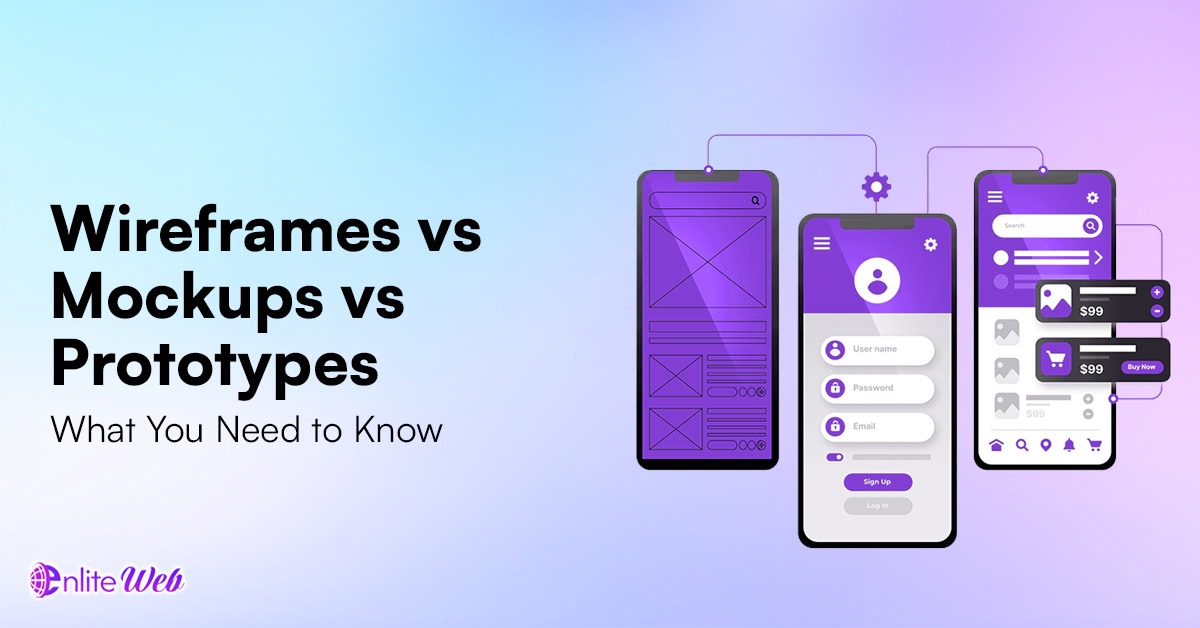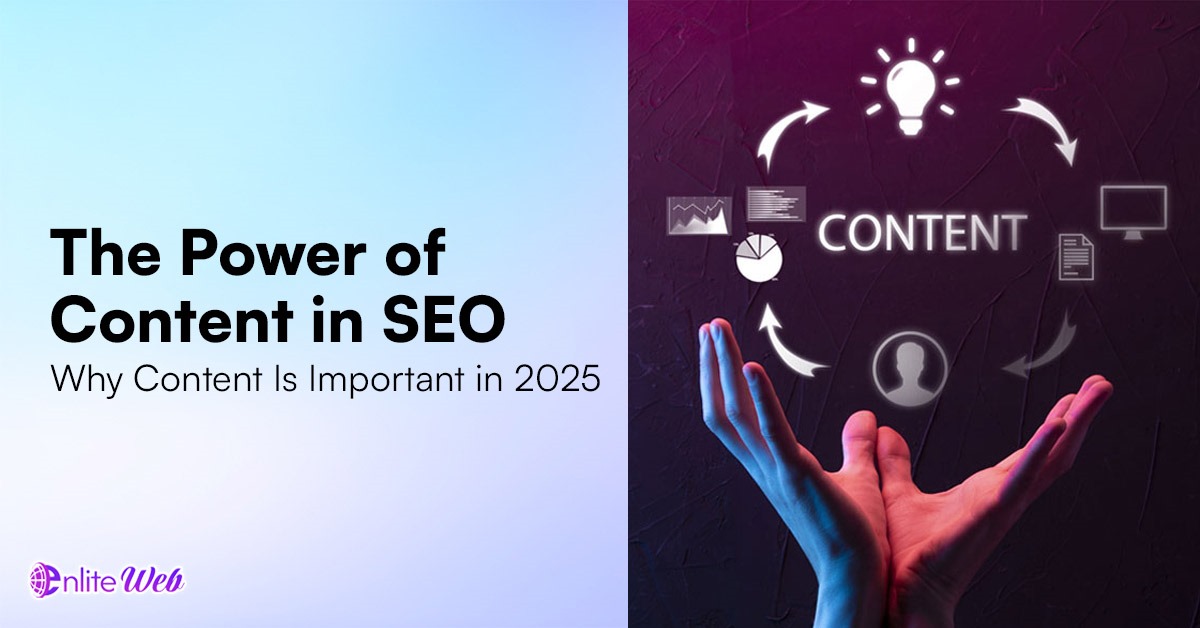The digital marketing environment is exceptionally fast-paced, and the digital advertising environment is constantly being remodeled by new technology, consumer behavior, and privacy laws. What was miraculous in your campaigns last year may be a fizzle today. It is not only an advantage, but a survival and growth requirement as we maneuver our way into the year 2025.
This guide will take you through the most important part of online advertising in 2025. We will discuss the prevailing trends, the best strategies to use to reach your audience, tools that you must have in your arsenal, and the future. By the time you are through, you will have a clear road map on how to create successful and influential digital campaigns that will yield actual results.
Online advertising in 2025.
The online advertisement space is more competitive and advanced than ever before. Various important trends are influencing the way companies are planning their online advertising, including the changing standards of privacy and the adoption of technologies that work with artificial intelligence. You have to comprehend the environment that you are working in before you can succeed.
The age of the Post-Cookie and Privacy-First Marketing.
The third-party cookies over the years served as the foundation of digital targeting of advertisements, enabling marketers to follow users through websites and deliver them hyper-relevant advertisements. That era is officially over. Support of third-party cookies has been quietly dropped in major browsers, and it is moving in large numbers to privacy-first online advertising solutions.
Such a shift implies that now advertisers have to use first-party data, which is the information gathered by the customers directly using the website, email subscriptions, and customer relationship management systems. It is no longer a matter of choice to build direct relationships with your audience and provide value in exchange for their data. It forms the new basis of successful targeting.
The hegemony of Video Content.
Video will remain the most interactive content. On social media platforms, such as TikTok, YouTube Shorts, or Instagram Reels, users are now trained to consume short, dynamic video content. This tendency has serious consequences in the sphere of online advertising since the picture ads that remain in the same place may not find it easy to attract the attention of the audience in the video-oriented feed.
Effective advertisers are adopting video in every type, from short 15-second videos or longer educational videos and live streams. Real video advertisements in the style of user-generated content usually do better than highly polished commercials, as they seem natural and even fit in with native content.
AI’s Expanding Role in Campaign Management
AI is no longer a fantasy, but a realistic tool that is transforming internet advertising. Bidding strategies can be automated using AI-powered platforms, ad creatives can be optimized in real-time, new audience segments can be identified, and predictive analytics can be used to predict campaign performance.
AI helps marketers by doing the data-heavy lifting of the complex data and freeing up their creativity, strategy, and comprehension of the human aspect of their audience. Using AI to perform functions such as budget distribution and monitoring performance enables more effective and efficient campaigns at a cheaper cost of acquisition.
Important Online Advertising Strategies in 2025.
Having the knowledge of the existing environment in place, you are now in a position to concentrate on the strategies that can work in tandem with the contemporary consumer needs. These methods focus on genuineness, worth, and intuitive user experiences.
Embracing the Advantage of First-Party Data.
As indicated, your first-party information has become your most prized asset. The initial one involves making sure that you have sound mechanisms for gathering such information and handling it in an ethical and transparent manner.
Lead Magnets: Provide valuable information such as e-books, webinars, or templates in exchange for an email address.
Interactive Quizzes: Develop interactive quizzes where individual results are given, as well as valuable data points are obtained regarding user preferences.
Reward Programs: Customers can earn exclusive deals by becoming loyal customers, by creating accounts, and sharing more information.
With such data, you are able to make very specific segments of your online ads on sites such as Google, Meta, and LinkedIn. This results in more applicable advertisements, improved interactions, and higher return on ad spend (ROAS).
Learning the art of Social Commerce and Shoppable Ads.
Social media platforms are changing to not only be discovery channels, but also shopping destinations. Social commerce will enable users to buy items in the application and save fuss, as well as capitalize on urge-of-the-moment buying.
Instagram, Facebook, and Pinterest shopping posts and advertisements are the new norm. Brands are able to label items in their content, where the user taps to purchase without leaving the app at all. This gives an integrated shopping experience that takes the consumers where they are. A successful online promotion strategy in 2025 will have to have a social commerce element to remain competitive.
The adoption of Conversational Marketing.
Consumers in our day and age demand instant and personal contact. Conversational marketing involves the use of tools such as chatbots and live chat to interact with visitors to a site in real-time, to answer customer questions, qualify leads, and even help a customer make a purchase.
The inclusion of chatbots within your online advertising funnels will have a tremendous positive impact on the conversion rate. As an example, when clicking on a Facebook advertisement, a certain user can be redirected to a Messenger session with a chatbot that will give them more information or assist with locating the appropriate product. This personalized, one-on-one interaction creates trust and initiates the prospects through the process at a much faster rate than a dead site.
The Programmatic Advertising Revolution.
Video and display ads receive a lot of focus, but audio is a fast-emerging channel through which online advertising can be performed. As the popularity of podcasts and music streaming services has taken off, programmatic audio advertisements provide a rare opportunity to target interested, screen-free audiences.
These advertisements may be based on the listening habits, demographics, as well as interests. Ad recall and brand lift can be extremely high because listeners are usually very concentrated on the audio content they listen to. This is the right channel to attract users in their commuting, working out, or performing chores in the house.
Must-Have Online Advertising Tools for Success
The implementation of these strategies needs the appropriate tools. The toolkit of the contemporary marketer is a combination of analytics applications, design software, and engines.
1. Customer Data Platforms (CDPs).
CDP is a central point of all your first-party customer data. It combines data on your site and CRM, and mobile application, and other customer touchpoints to form a single profile of the customer. This integrated perception is vital to your online advertisement campaigns’ segmentation and personalization. Such tools as Segment, Tealium, and Bloomreach became inevitable.
2. Creating Artificial Intelligence-driven creative and analytics tools.
Use AI to improve your creative process as well as your performance analysis.
Creative: AI-based copywriters such as Jasper or Copy.ai have the ability to create multiple variations of ad copy within a few minutes, and AI-driven image generators such as AdCreative.ai are capable of creating high-performing visuals.
Analytics: Google Analytics 4 (GA4) and other analytics platforms leverage machine learning to offer predictive metrics, such as churn probability and purchase probability, so you can target (or omit targeting) at-risk customers or high-value potential.
3. High-end Ad Manager Systems.
Though on-the-job ad managers are a potent aspect of Google and Meta, third-party platforms may provide additional efficiency and intelligence. Other tools, such as Smartly.io or AdRoll, will offer cross-channel campaign management and advanced automation rules and creative testing capabilities that will greatly enhance your online advertising strategy.
What is Next in the Future of Online Advertising?
And looking beyond the year 2025, there are other new trends that are bound to become mainstream. Being ahead of these developments will give you a huge competitive advantage.
The Integration of AR and VR
AR and VR are bound to change the user experience. Social media already has AR filters that enable users to try on a product, such as glasses or makeup. With the increasing availability of this technology, it is only natural that fully immersive virtual storefronts and interactive product demonstrations are going to be a prominent aspect of online advertising. Suppose that you are viewing a furniture advertisement, and you can have a virtual sofa in your living room to see how that would fit into your room.
The development of Connected TV (CTV) Advertising.
Connected TV (CTV) advertising is emerging as one of the key platforms for reaching audiences in the living room as more households cancel their cable subscriptions and switch to streaming services. CTV represents a combination of digital marketing with its strong targeting and measurement abilities, with the visual high impact of traditional TV ads. This enables targeting at the household level and accuracy in tracking the performance, and thus, it is an effective supplement to any online advertisement campaign.
An even more Attentive Sustainability and Ethics.
Purchasing decisions are turning out to be more and more based on the values of a brand. It implies that your advertising messages cannot be merely about the product anymore; they also have to convey the idea that your company engages in ethical practices, sustainability, and social responsibility. True first-person narratives on your brand mission will be essential to developing long-term loyalty and a generation of purpose-focused consumers.
Recap: Surviving in the New Age of Internet Advertising.
Online advertising in the year 2025 is characterized by change and yet tremendous opportunity. The decline of third-party cookies has brought the industry to more valuable marketing with consent. The emergence of AI, video, and social commerce has opened new and exciting methods of interacting with audiences.
You need to be nimble, analytic, and unstoppably customer-driven to achieve success. Create your own data resources, adopt video and conversation marketing, and invest in the technology that will automate and optimize your campaigns. Avoiding churning out empty platitudes and aiming to develop genuine relationships, you are able to develop an online advertising plan that not just lives through, but also flourishes within this new and evolving environment.



